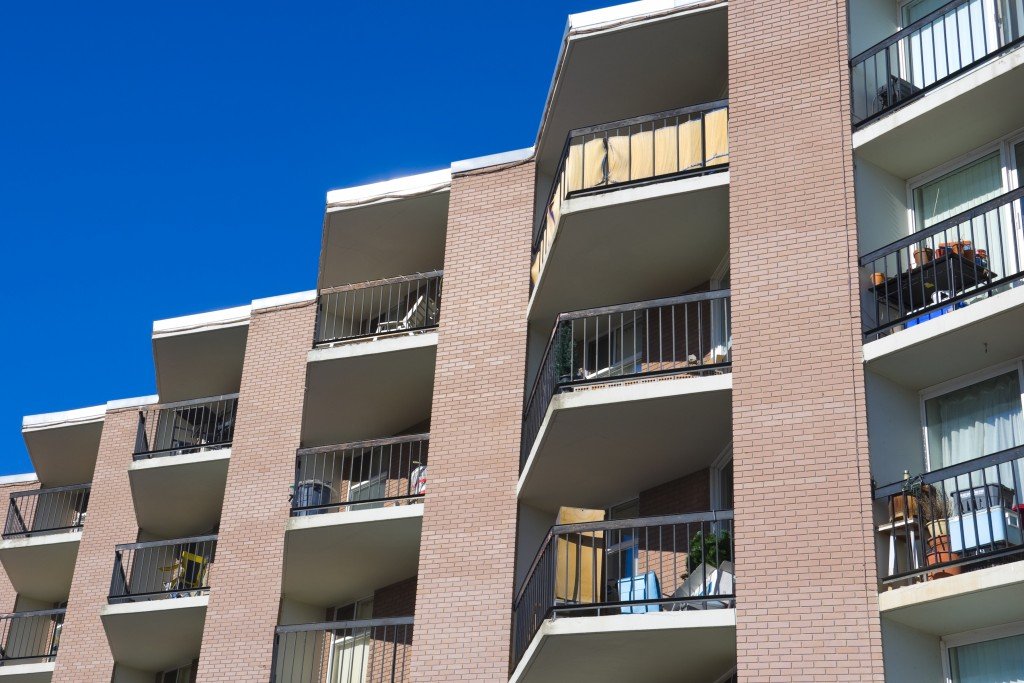House prices in the U.S. continue to rise and as of 2019, it has become more expensive than ever, reaching a median of nearly $230,000.
This puts low-income earners in an unfavorable position in the housing market. While the median house price actually varies per state, it doesn’t make it entirely easier for home-buyers seeking a low-cost but good property. Securing a loan can be challenging as well, especially if they have less than ideal credit histories.
Furthermore, moving to a cheaper state isn’t always an option. A number of them may be working or deployed in upscale states, preferring to have their families close instead of spending only holidays with them.
That said, if you also find yourself struggling to find a good place to live in an expensive city, this guide will give you some feasible options and tips.
1. Calculate Your Earnings
If you’re applying for a 30-year mortgage with a 10% down payment, the annual salary you need to afford a house, based on the national median house price, is at least $57,914.49.
But if we’ll base the median price on that of New York City, for example, the annual salary you need will be considerably higher, $99,531.66 to be exact.
Considering the vast variances of the ideal annual salaries to afford housing across the country, check out the median home prices in your city or state, and determine what your income can afford.
2. Check Out Typical House Prices in Your Area
Zillow gathered the typical house prices in every state in the country, and the top ten cities with the highest prices are as follows:
- Hawaii – $636,451
- District of Columbia – $626,911
- California – $554,886
- Massachusetts – $422,856
- Washington – $409,228
- Colorado – $397,820
- Oregon – $361,970
- Utah – $348,376
- New Jersey – $335,607
- New York – $321,934
Knowing the typical house prices in your area will help you plan, such as whether renting will be cheaper than buying in the long run, or vice-versa. It’ll also help you decide if relocating to a cheaper city or state will be the best option.
3. Check Your Credit
Lenders will always check your credit first before deciding to grant you a loan. If your credit score is low, your chances of securing a mortgage may be low, too. To maintain good credit, avoid making purchases that may affect it, and don’t cancel your credit cards, even if you’re not using them. Canceled credit cards reflected in your credit report may imply bad credit.
4. Consider an FHA Loan
Visit an FHA-approved lender in your area to check if you can qualify for a favorable Federal Housing Administration (FHA) Loan. This particular loan is designed for low-to-moderate-income earners because the down payments are considerably lower and applicants aren’t strictly required to have a high credit score.
As of 2020, borrowers can loan up to 96.5% of a house’s value, meaning they only need to make a down payment of 3.5%, provided that they have a credit score of at least 580. If your credit score is only between 500-579, you can still qualify, but your down payment will become 10%.
5. Get Insured

Because you’ll now be paying for your mortgage monthly, you have to assure that what will be left of your savings is enough for emergencies, like an accident or a natural disaster.
If you aren’t covered by disability insurance or any health insurance plan, look for affordable plans. Check out mortgage life protection insurance, which covers your mortgage payments should you lose your job or become unable to work.
It is fortunate that low- to moderate-income earners are given good options for housing and loans. Therefore, always be on the lookout for good deals you can grab, and protect your income so that you will always be covered in times of need.

